Sanford Biggers is weaving new narratives into American history
At The Bronx Museum, the first survey of quilt-based works by New York-based artist Sanford Biggers sources codes in American history through pre-1900 antique quilts
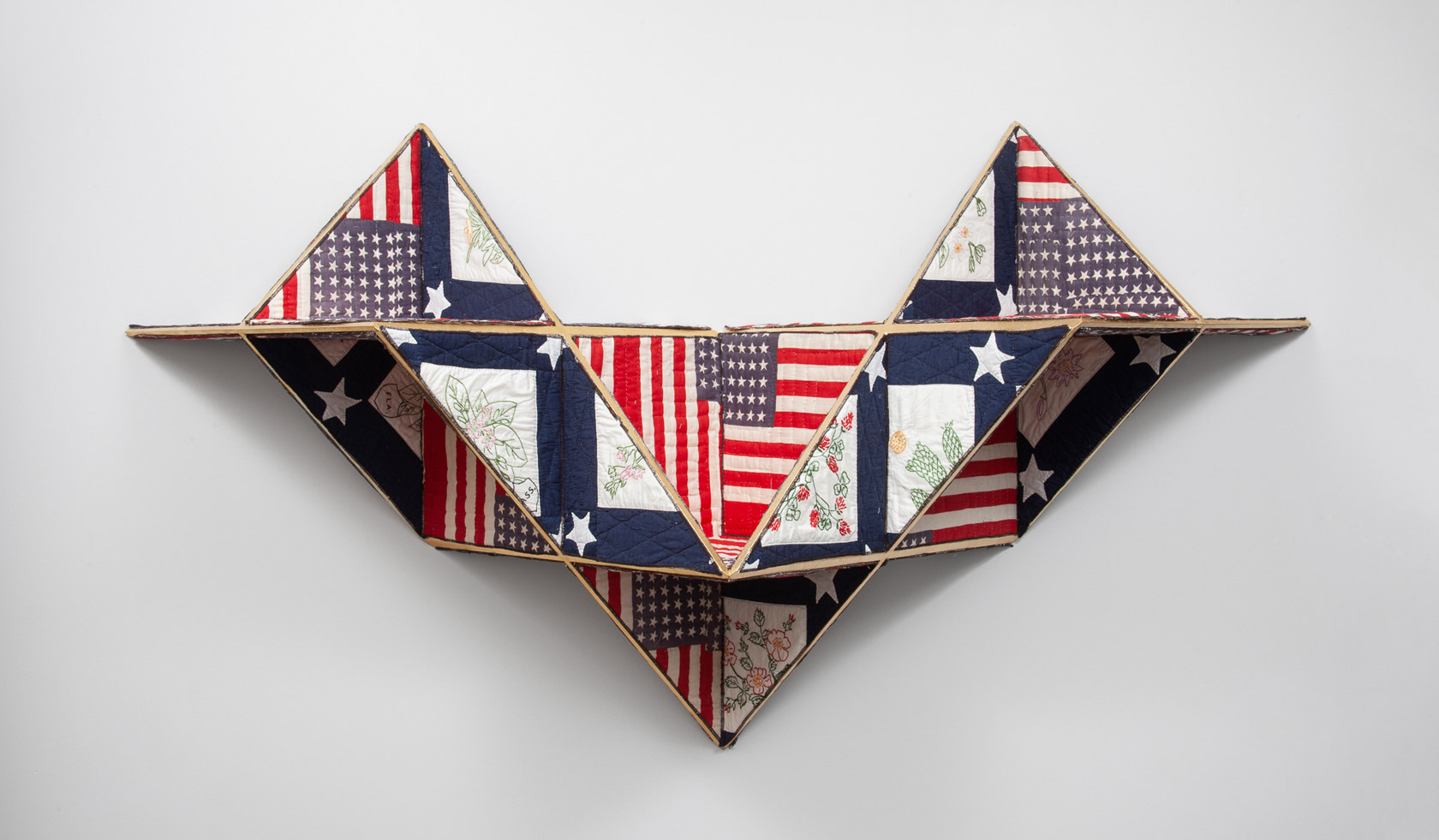
The earliest traces of quilt making can be found in 3400 BC. Since then, the art of quilting winds through cultures across the globe, serving a broad range of functions: domestic, commemorative, sartorial and decorative.
Quilting is a tradition tightly stitched into the fabric of American history. From the quilt makers of Gee’s Bend, who occupy a remote hamlet on the Alabama River and have a history of quilting that dates back to the early 20th century, to the continuation of quilting traditions in the work of contemporary artists such as Faith Ringgold and Sam Gilliam.
Perhaps less familiar is quilting’s link to code-switching, the act of alternating between languages or linguistic codes according to context.
These are the themes embedded in New York-based artist Sanford Biggers’ latest show, ‘Codeswitch’, a presentation of almost 60 quilt-based works, which has just opened at The Bronx Museum.

Portrait of artist Sanford Biggers.
Biggers is perhaps best known for works that reference African American history, ongoing police brutality against Black Americans and Buddhist spiritualism through a practice spanning film, performance, music and sculpture. Biggers draws connections between apparently disparate cultural practices and examines current sociopolitical events while unearthing the contexts that conceived them.
During the last decade, he has turned to quilts as a vehicle to transport new narratives. These often come to him in the form of antique heirlooms, which he acquires and alters. The series in this exhibition, titled Codex, includes mixed media paintings and sculptures placed directly on or made from pre-1900 quilts. He treats these works like an archive, an ‘ongoing material conversation that acquires new meanings over time’.
Biggers made his first quilt in 2009 for the Mother Bethel African Methodist Episcopal Church in Philadelphia, a stop on the Underground Railroad network. This led him to explore the much-disputed folklore narrative that during the antebellum period, quilt designs – hidden in plain sight on fences, washing lines and trees – communicated coded information to African American slaves about routes to freedom through the railroad system.
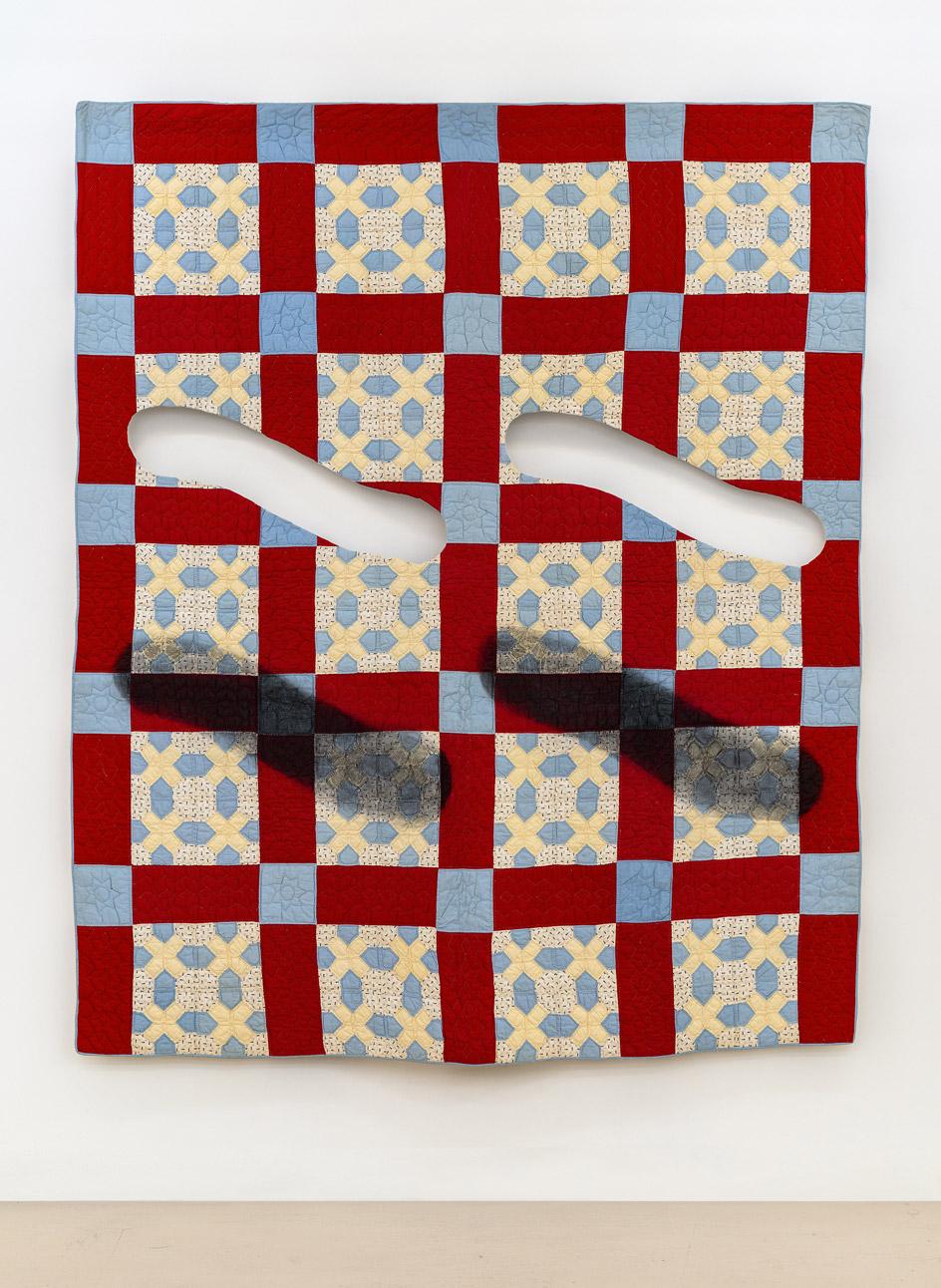
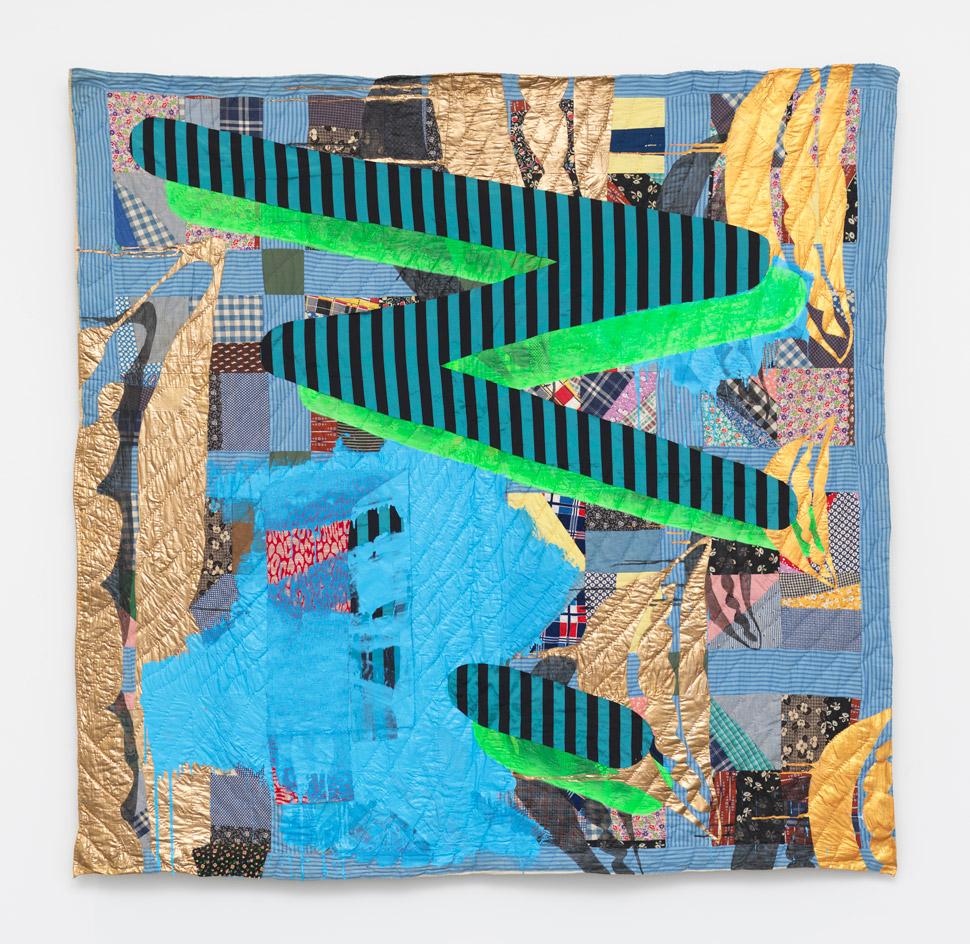
Above: Sanford Biggers, Quilt Somethin' Close to Nothin', 2019. Antique quilt, charcoal. Below: Quilt Chorus for Paul Mooney, 2017. Antique quilt, assorted textiles, acrylic, spray paint.
‘I began to search out quilts from the 1800s and add new layers of code through mark-making, painting, cutting, collaging and reconstruction’ Biggers explains. ‘I’m also interested in the tension of working on these objects that hold so much cultural and artistic weight, like embellishing or perhaps defacing history.’ In these works, Biggers views himself as a ‘late collaborator’, imposing contemporary interventions so viewers might interpret the series as a ‘trans-generational “codex” to decipher aspects of American culture’.
Much like linguistic code-switching, Biggers’ work deals in seamless plurality: the power of the past mixed with contemporary thought; high and low brow aesthetics; a liberated colour palette and black comedy. ‘The works in this show actively code switch. They exist as drawings, paintings, objects, archives, craft, low and high art,’ Biggers tells Wallpaper*. ‘My embellishment, erasure, defacement, and repair complicates the provenance and gender of these relics of Americana. They are remixed, chopped and screwed but their softness is ultimately their power.’
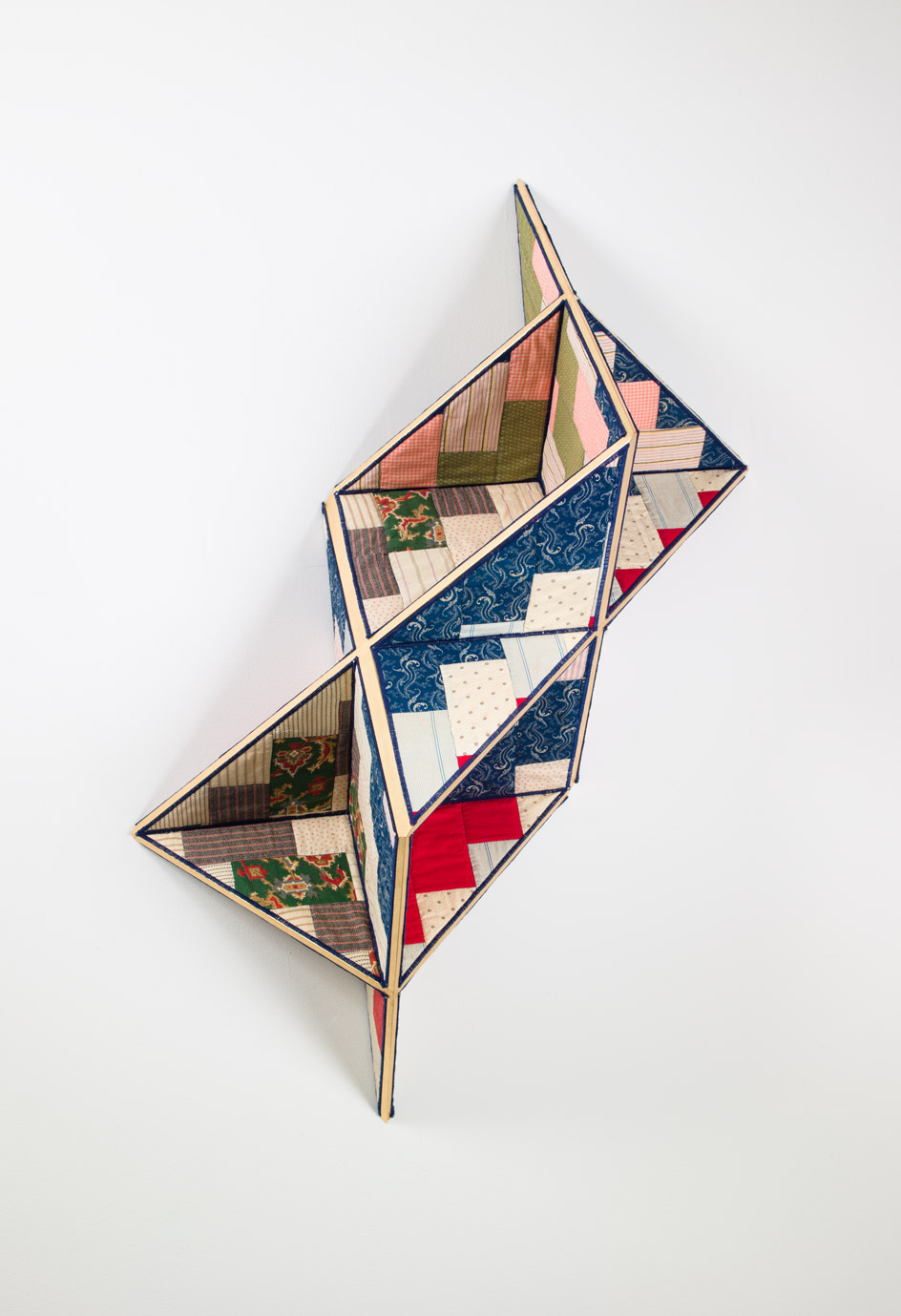
Incidental Geometry, 2017. © Sanford Biggers and Marianne Boesky Gallery.
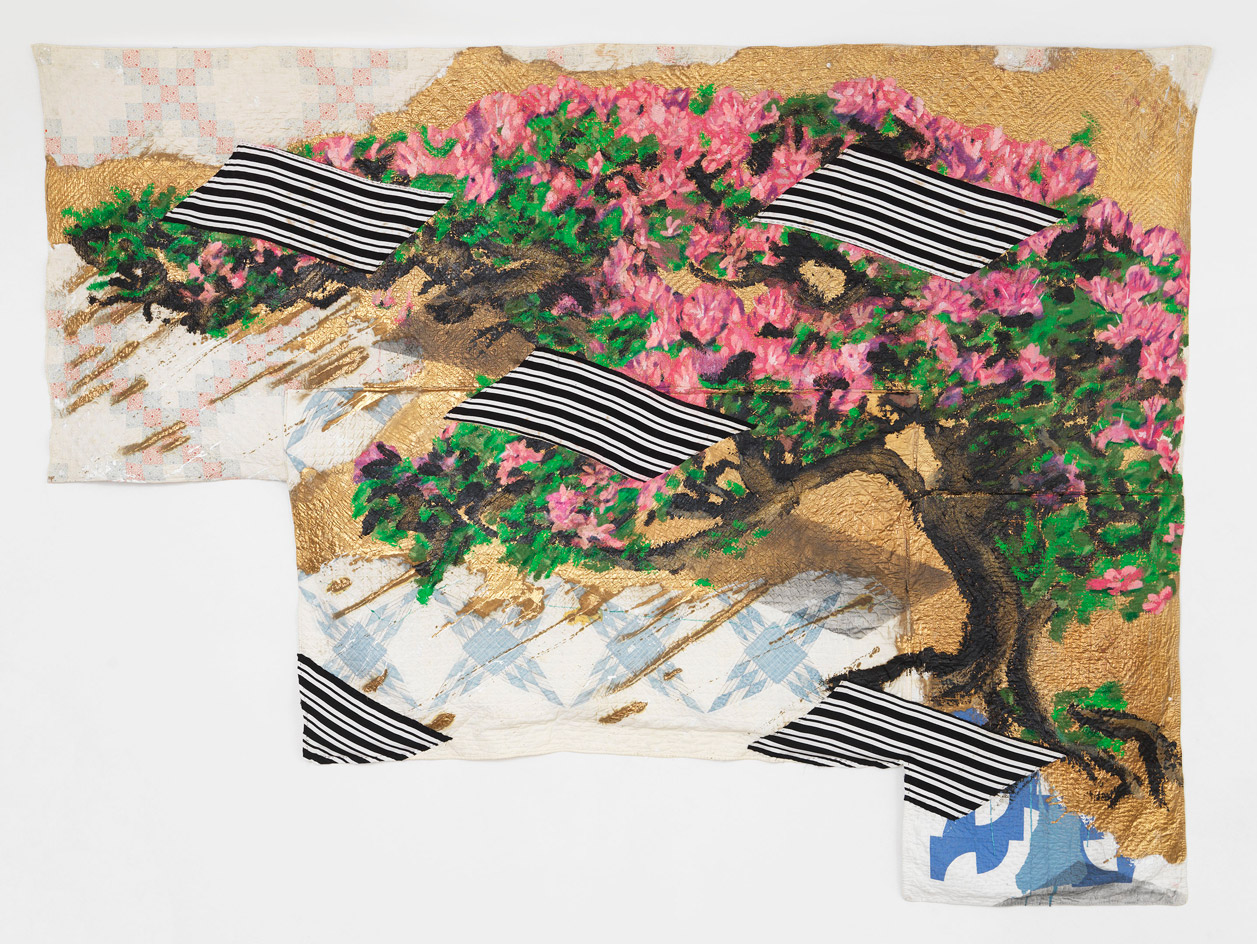
Bonsai, 2016. Courtesy of the artist and Marianne Boesky Gallery, New York and Aspen. © Sanford Biggers.

The Talk, 2016. © Sanford Biggers and Massimo De Carlo.
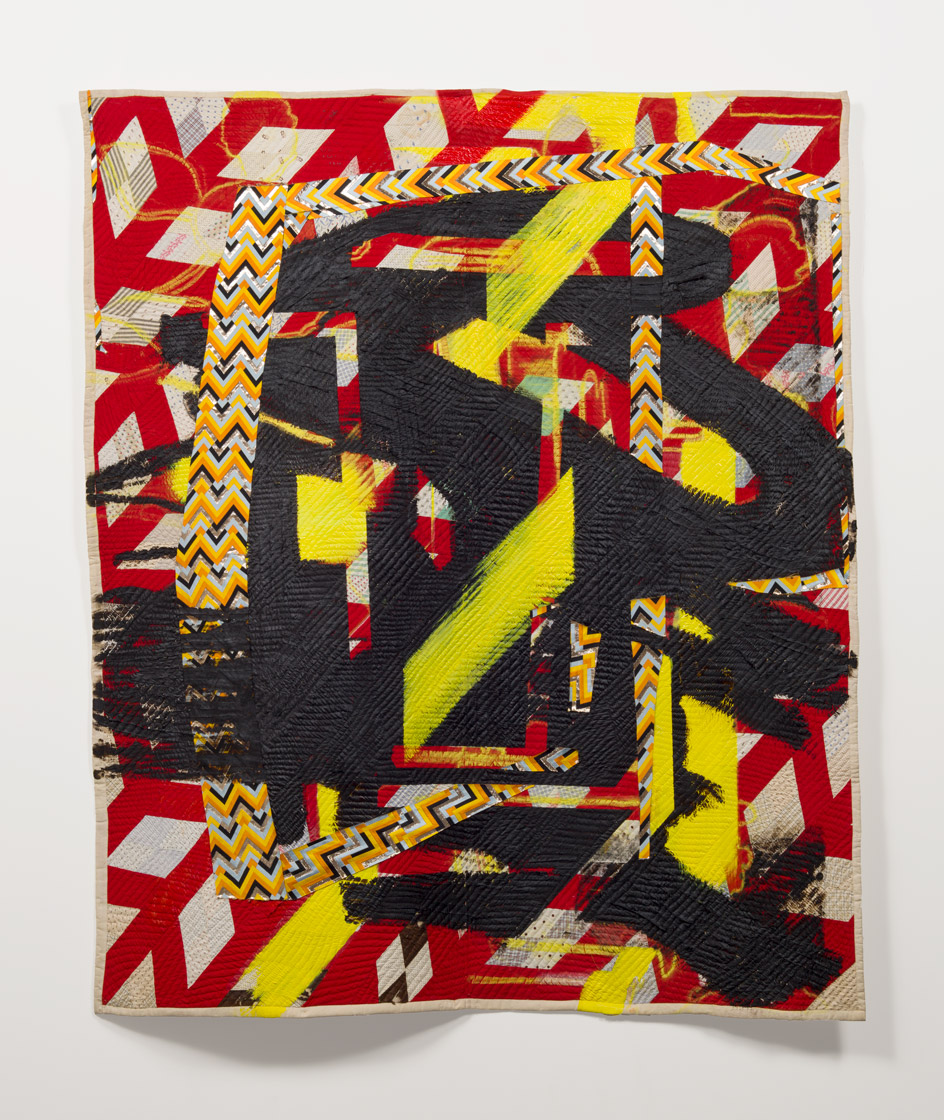
Nonsuch, 2019

Transition, 2018
INFORMATION
'Sanford Biggers: Codeswitch', until 24 January 2021, The Bronx Museum of the Arts. bronxmuseum.org
ADDRESS
1040 Grand Concourse
NY 10456
Receive our daily digest of inspiration, escapism and design stories from around the world direct to your inbox.
Harriet Lloyd-Smith was the Arts Editor of Wallpaper*, responsible for the art pages across digital and print, including profiles, exhibition reviews, and contemporary art collaborations. She started at Wallpaper* in 2017 and has written for leading contemporary art publications, auction houses and arts charities, and lectured on review writing and art journalism. When she’s not writing about art, she’s making her own.
-
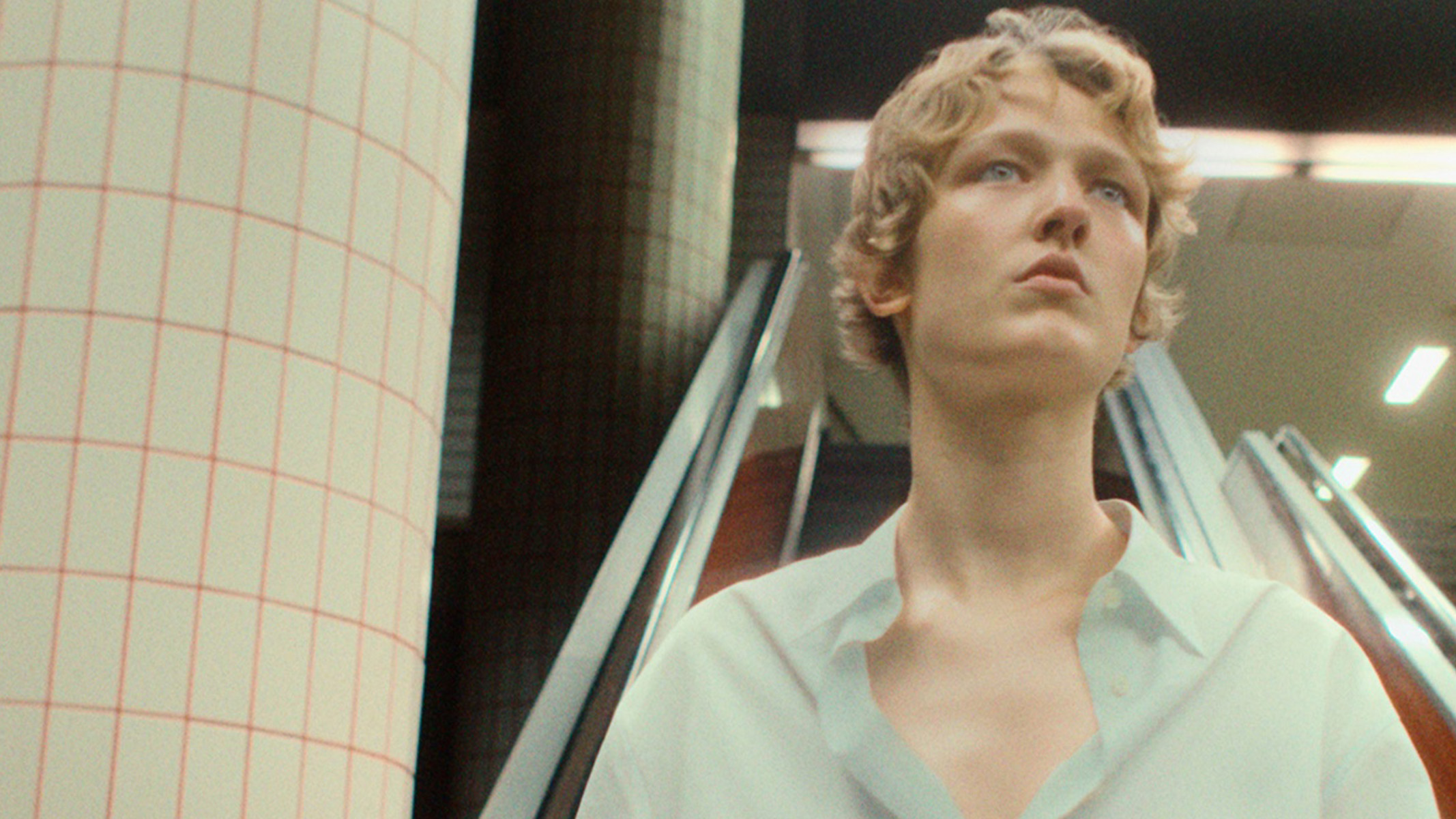 ‘A beginning is a dialogue’: Simone Bellotti reveals a first glimpse of his vision for Jil Sander with an EP and music video
‘A beginning is a dialogue’: Simone Bellotti reveals a first glimpse of his vision for Jil Sander with an EP and music videoTitled ‘Wanderlust’, the music video and EP is a collaboration with Bochum Welt, signalling an esoteric start to Simone Bellotti’s tenure at the house before his runway debut later this year
-
 Interni Venosta’s vases are made from laundry detergent bottles
Interni Venosta’s vases are made from laundry detergent bottlesBritt Moran and Emiliano Salci of Dimorestudio have conceived a series of expressive vases whose starting point is a humble plastic bottle
-
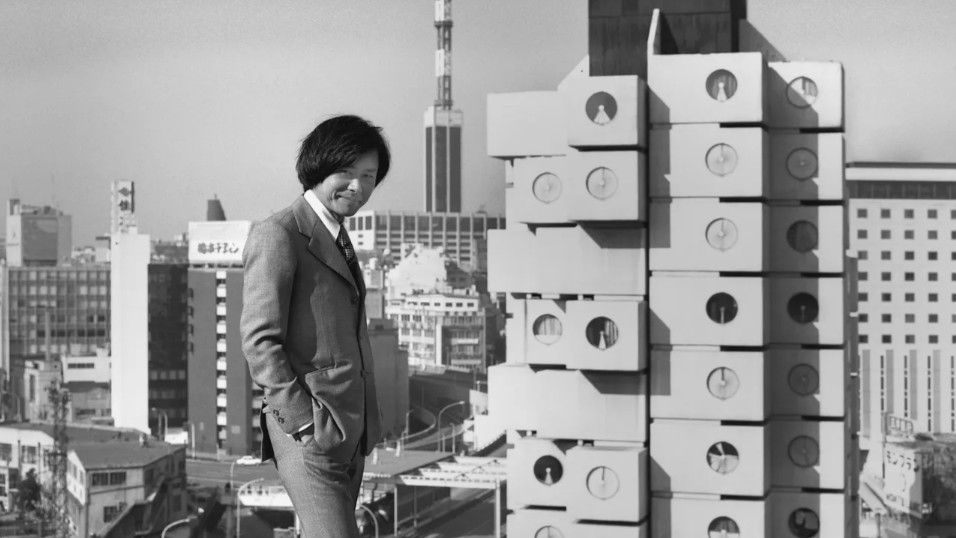 How an icon of Japanese Metabolist architecture took on a life of its own – even after its destruction
How an icon of Japanese Metabolist architecture took on a life of its own – even after its destructionWhen Kishō Kurokawa designed the modular Nakagin Capsule Tower more than 50 years ago, he imagined it boarding ships and travelling the world. Now it has, thanks to a new show at MoMA
-
 Architect Erin Besler is reframing the American tradition of barn raising
Architect Erin Besler is reframing the American tradition of barn raisingAt Art Omi sculpture and architecture park, NY, Besler turns barn raising into an inclusive project that challenges conventional notions of architecture
-
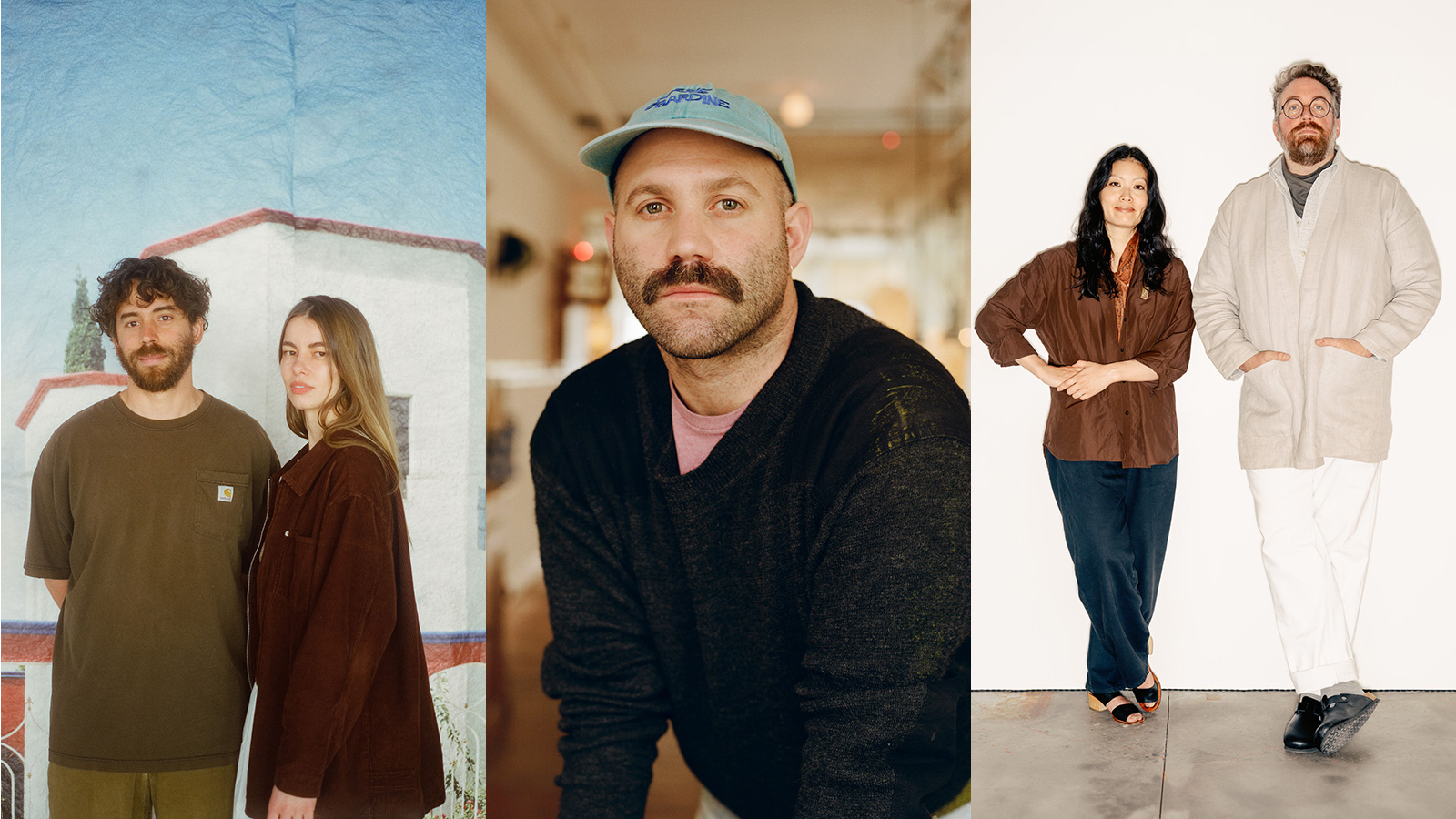 The dynamic young gallerists reinvigorating America's art scene
The dynamic young gallerists reinvigorating America's art scene'Hugging has replaced air kissing' in this new wave of galleries with craft and community at their core
-
 Meet the New York-based artists destabilising the boundaries of society
Meet the New York-based artists destabilising the boundaries of societyA new show in London presents seven young New York-based artists who are pushing against the borders between refined aesthetics and primal materiality
-
 ‘Her pictures looked like pictures everybody knew were the truth’: Diane Arbus at the Armory
‘Her pictures looked like pictures everybody knew were the truth’: Diane Arbus at the ArmoryMatthieu Humery curates more than 400 of Arbus’ photographs at New York’s Park Avenue Armory – every picture she was known to have printed
-
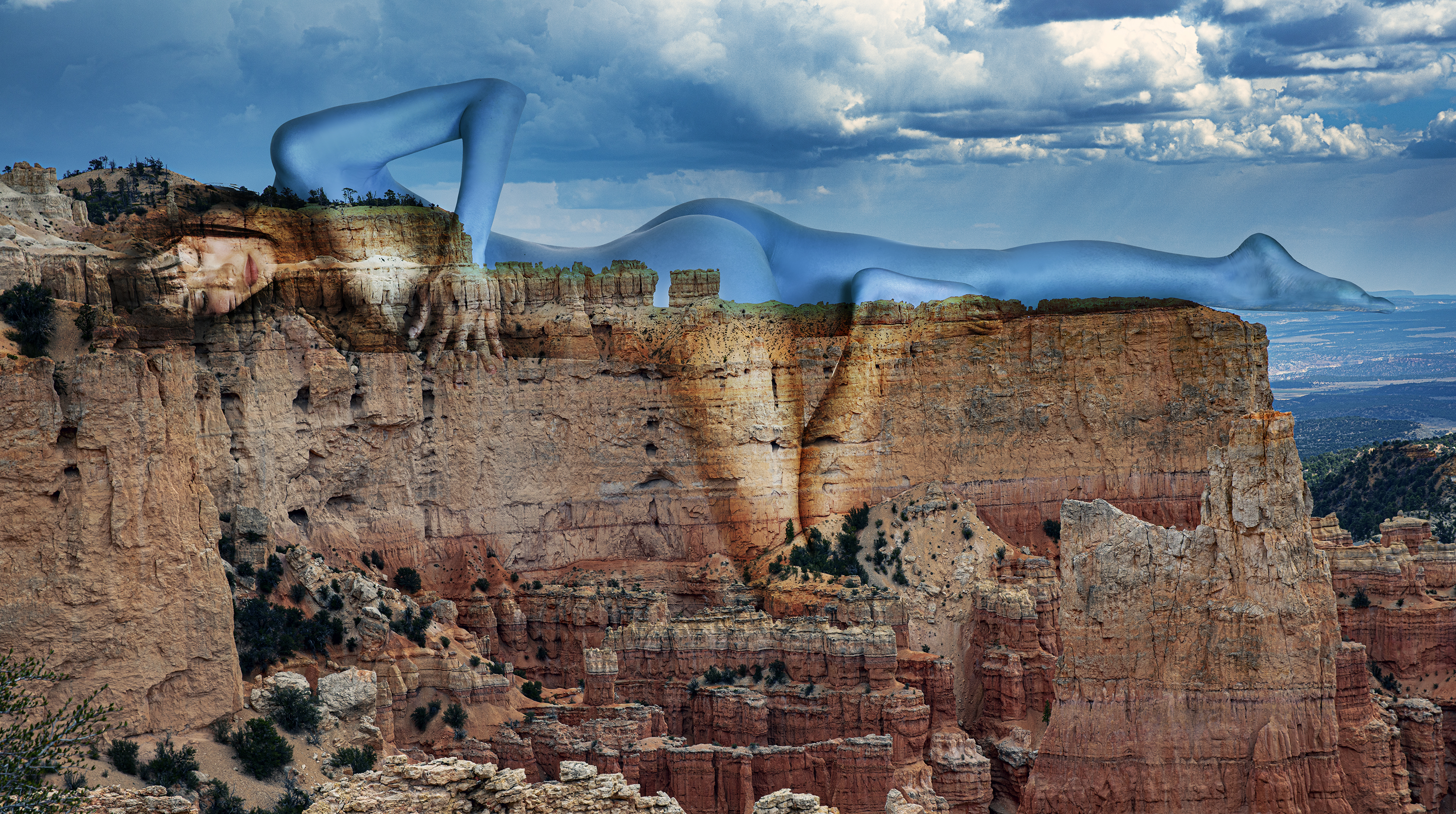 Mystic, feminine and erotic: the power of Penny Slinger’s bodies as landscape
Mystic, feminine and erotic: the power of Penny Slinger’s bodies as landscapeArtist Penny Slinger continues her exploration of the sacred, surreal feminine in a Santa Monica exhibition, ‘Meeting at the Horizon’
-
 Out of office: the Wallpaper* editors’ picks of the week
Out of office: the Wallpaper* editors’ picks of the weekIt was a jam-packed week for the Wallpaper* staff, entailing furniture, tech and music launches and lots of good food – from afternoon tea to omakase
-
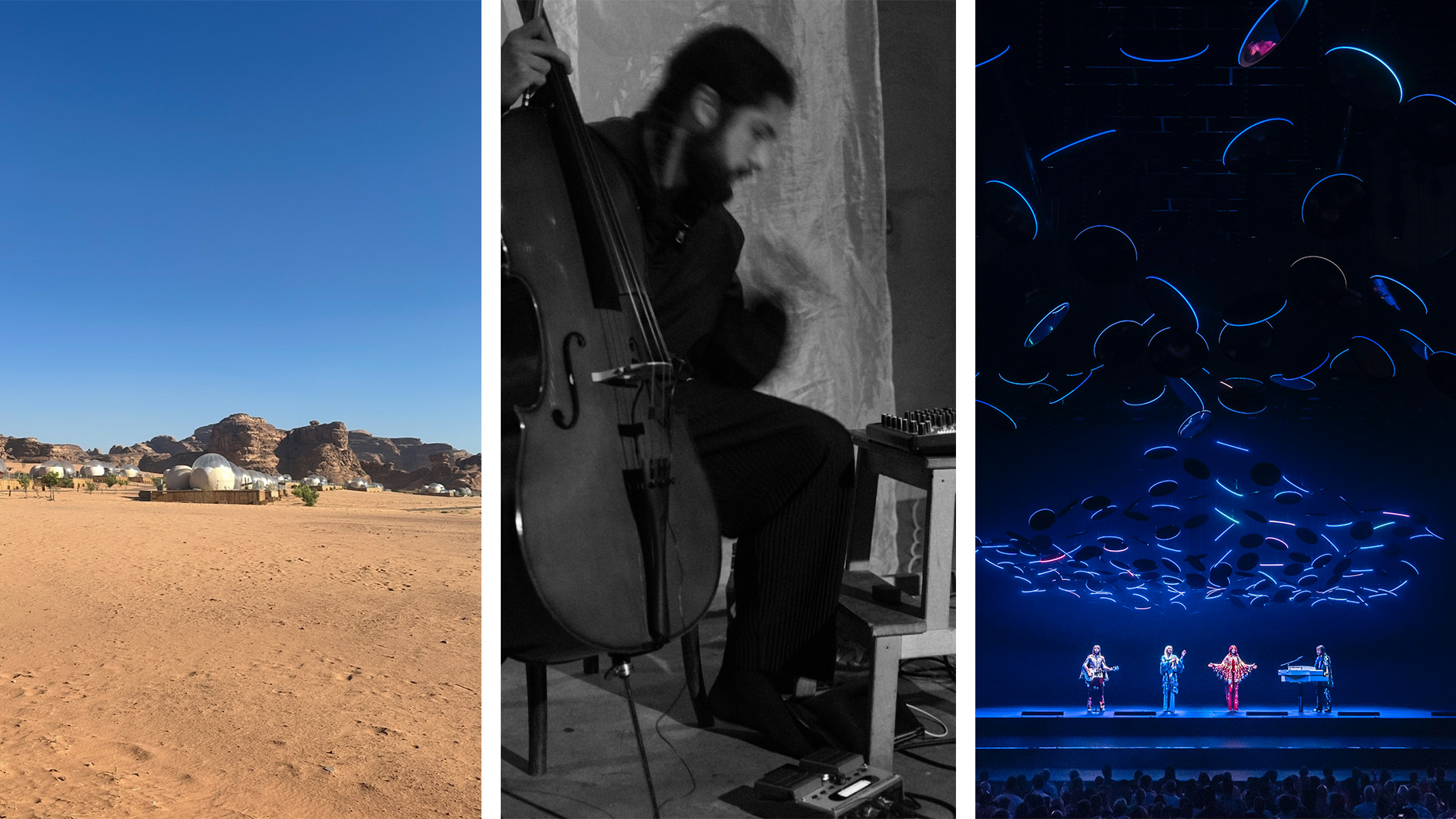 Out of office: what the Wallpaper* editors have been up to this week
Out of office: what the Wallpaper* editors have been up to this weekThis week saw the Wallpaper* team jet-setting to Jordan and New York; those of us left in London had to make do with being transported via the power of music at rooftop bars, live sets and hologram performances
-
 Photographer Geordie Wood takes a leap of faith with first film, Divers
Photographer Geordie Wood takes a leap of faith with first film, DiversGeordie Wood delved into the world of professional diving in Fort Lauderdale for his first film